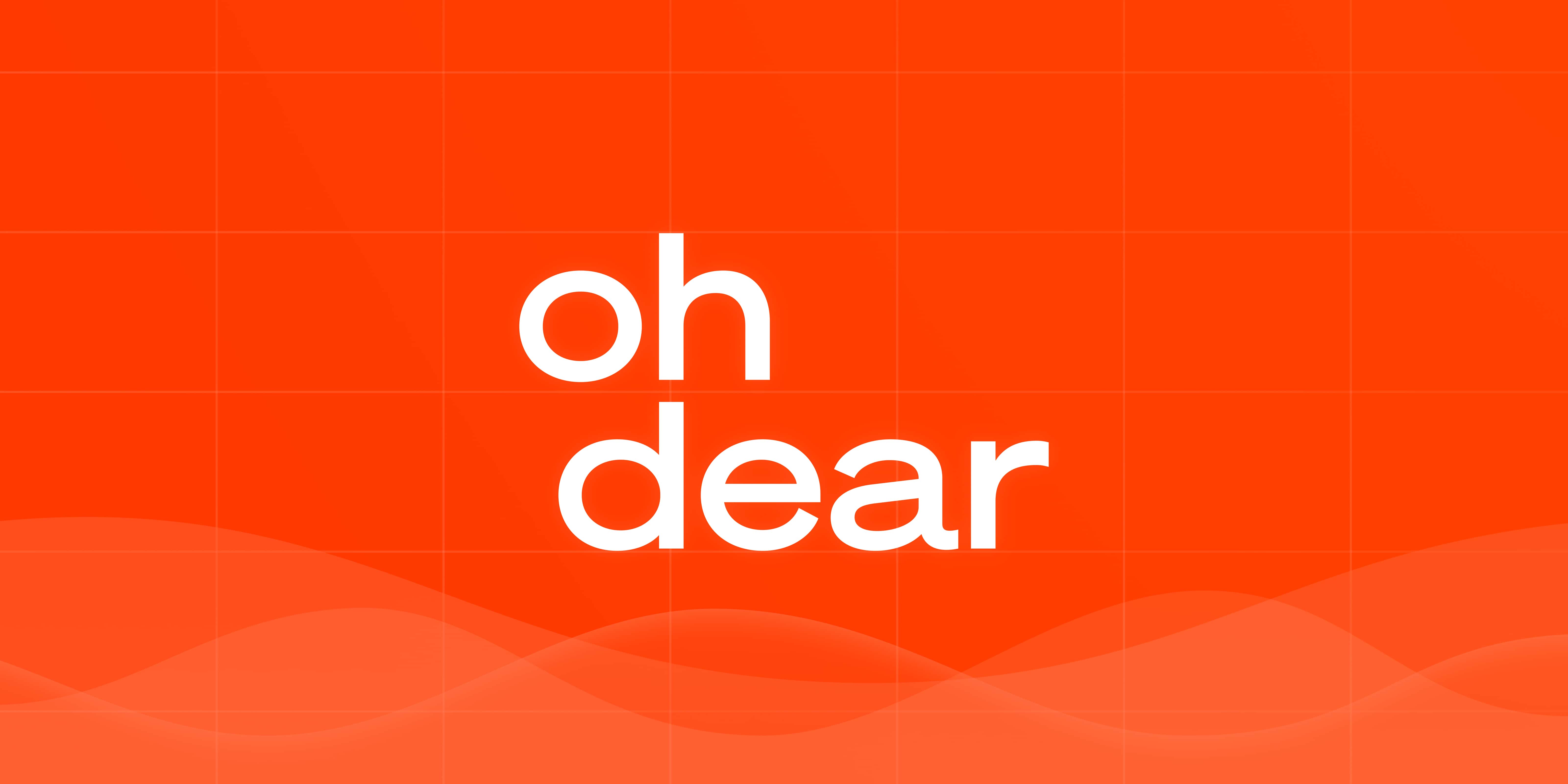DevOps Articles
Curated articles, resources, tips and trends from the DevOps World.
From Legacy to GitOps: A Roadmap for Enterprise Modernization
Summary: This is a summary of an article originally published by DevOps.com. Read the full original article here →
In today's fast-paced digital landscape, organizations are increasingly turning to modern methodologies to foster agility and efficiency. GitOps, a paradigm rooted in DevOps principles, leverages Git as a single source of truth for managing infrastructure and application deployment. By integrating Git workflows with the automation capabilities of continuous delivery and infrastructure as code, teams can streamline their operations and enhance collaboration across the software development lifecycle.
The transition from traditional operations to GitOps involves several strategic steps. Firstly, enterprises must assess their existing processes and identify key areas ripe for modernization. This includes adopting the necessary tools, such as Kubernetes for orchestrating containerized applications and tools like Argo CD or Flux for implementing GitOps workflows. Training teams to embrace these new technologies and methodologies is crucial for a smooth transition, as it ensures that everyone is aligned and capable of leveraging the full potential of GitOps.
Moreover, establishing robust monitoring and observability practices is vital in a GitOps environment. By implementing these measures, organizations can gain insights into application performance and system health, allowing for proactive issue resolution. This data-driven approach not only enhances reliability but also lays the groundwork for continuous improvement, enabling teams to iterate rapidly and respond to changing business needs. Ultimately, adopting GitOps can accelerate time to market, reduce deployment risks, and foster a culture of innovation within teams as they navigate the complexities of modern software development.
Product
Useful Links
Made with pure grit © 2025 Jetpack Labs Inc. All rights reserved. www.jetpacklabs.com





